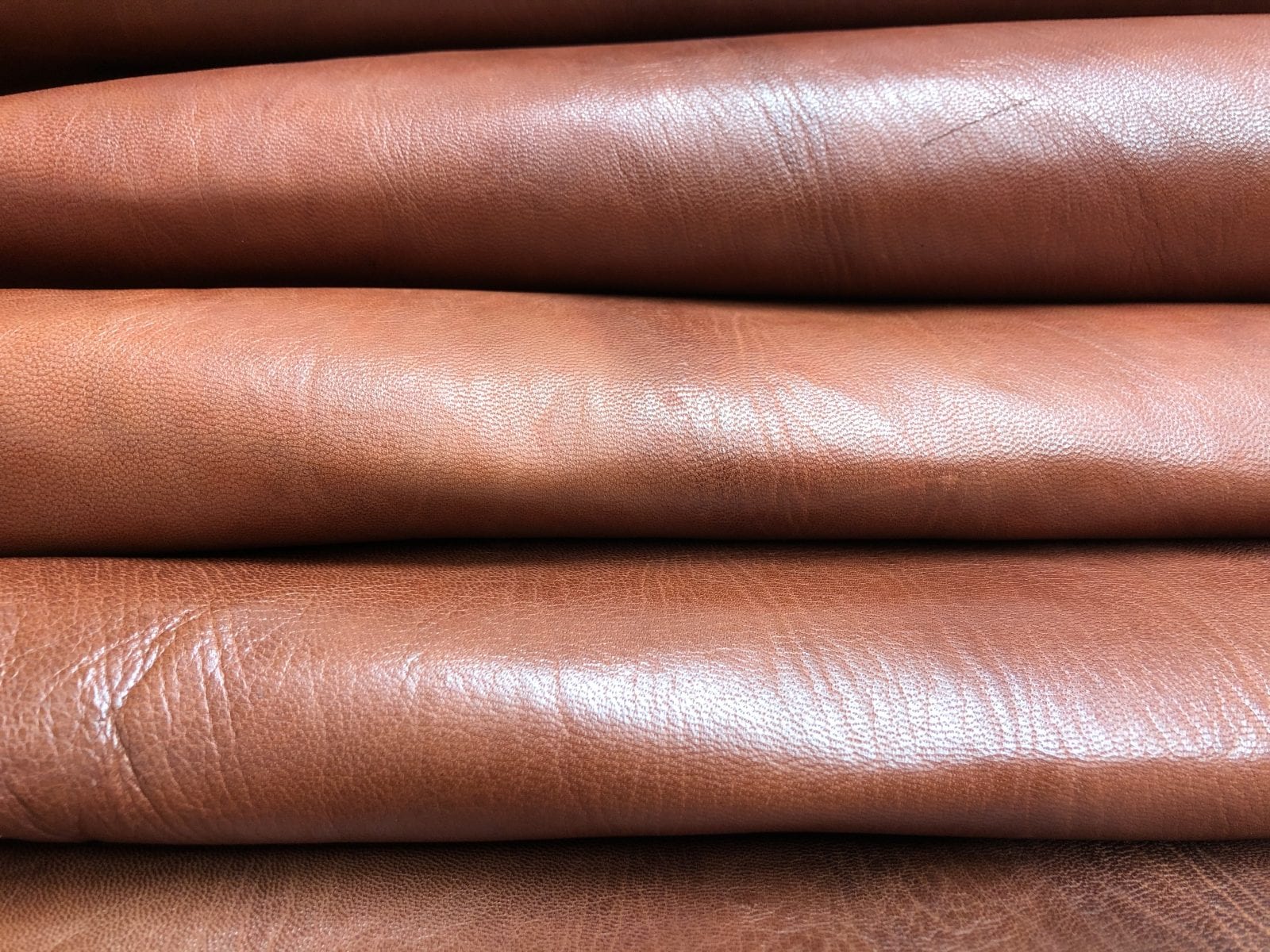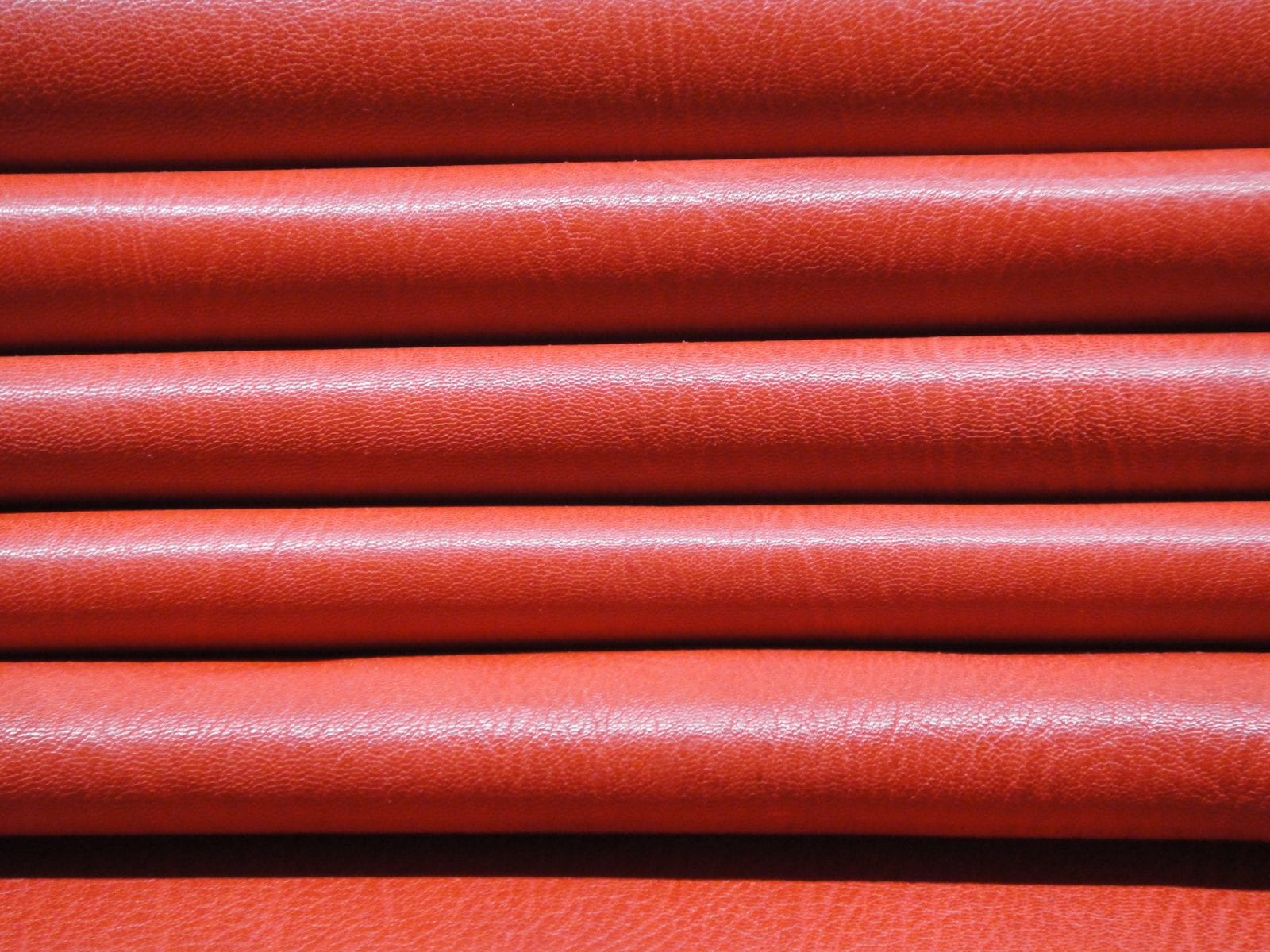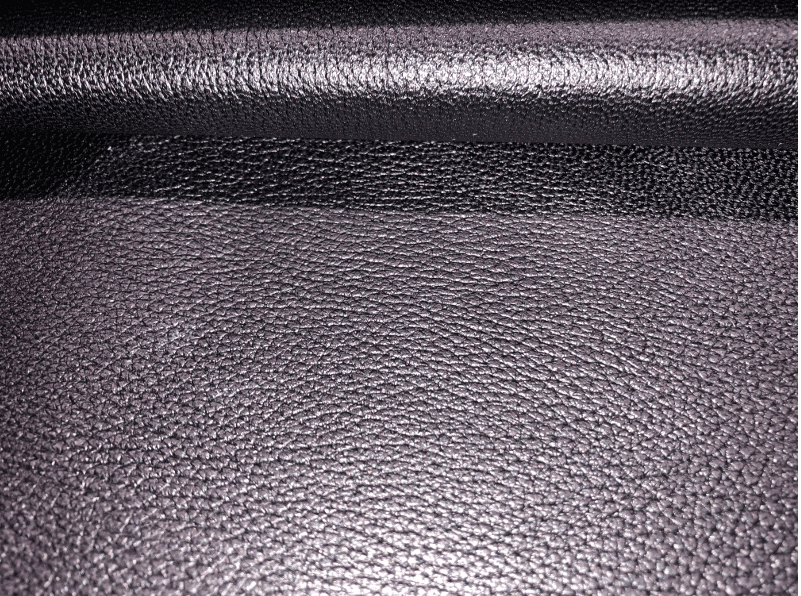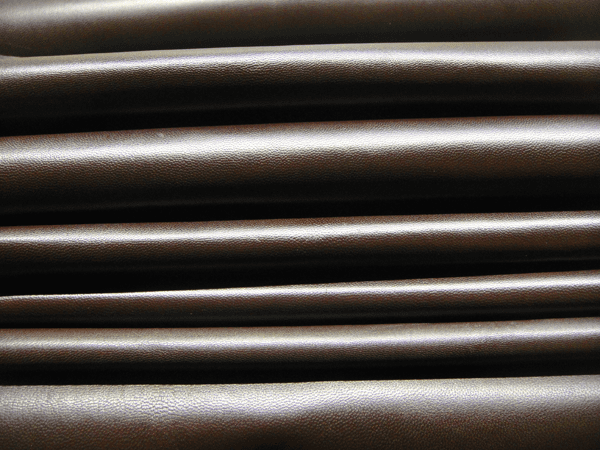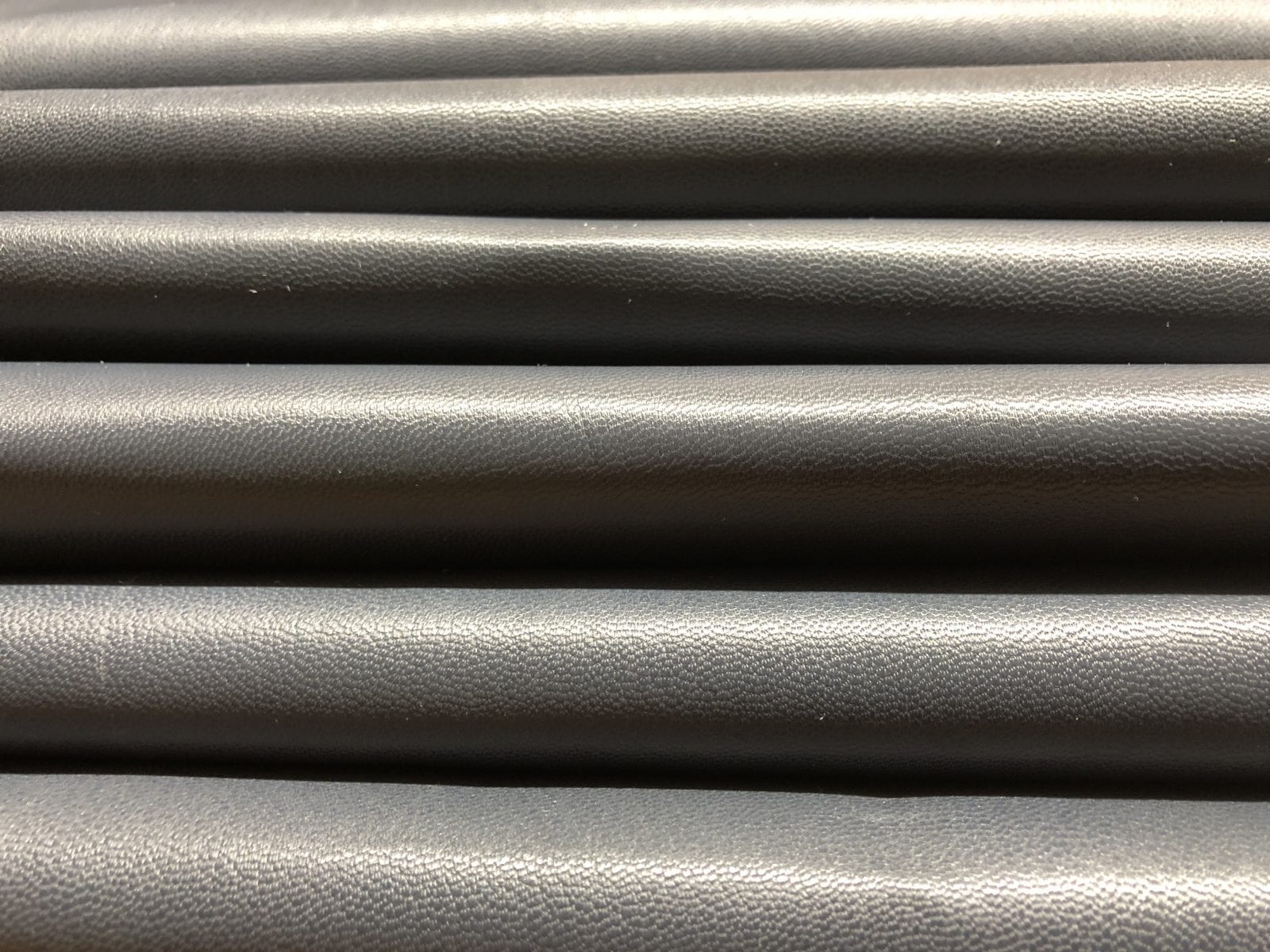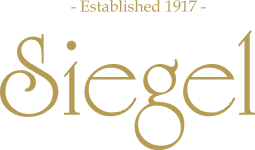Description
Returning Soon!! The original formula centuries old… We restored old formula for this pot tanned leather which is produced in villages of Sokoto™, Nigeria – our leather is SULFUR FREE – production from others, contains sulfur according to lab tests
Introducing NTND Traditional Red Premium Leather, an authentic offering steeped in centuries of tradition. Beware of cheap imitations which may bear a similar look but are not produced with the traditional formula.
While there are imitations of this leather from Nigeria, their production methods significantly cut corners, and thus, the quality. To ascertain the authenticity of our Traditional Red leather, we have not only subjected it to certified lab tests but also secured affidavits from museum directors in Sokoto™. The traditional, centuries-old formula we use may command a premium, but it guarantees the unparalleled authenticity of our product. Beware of charlatans offering lesser alternatives.
Our certified lab results as of July 2020 indicate a pH of 6.0 and sulfur content below detectable limits. This guarantees that our leather has been rigorously tested by certified labs, a measure we are uniquely proud to uphold. The NTND Traditional Red is purchased for its acclaimed production techniques, validated only through EU Certified Lab tests. This leather can be trusted as described.
A statement from Steven Siegel:
As a vendor of fine leather and a member of the Royal Society of Chemists, certified expert witness in the field of leather for Thomson Reuters, and a member of AIC, I have a keen interest in the history and integrity of leather production.
Historically, the bookbinding leather produced post-1800 to 1830 demonstrated a shorter lifespan than earlier counterparts. This period interestingly marked the advent of industrialization in the tanning industry, with the introduction of machinery and chemical tanning techniques.
Fast-forward to the late 1800s and a wealth of information was gleaned from the first formal survey of leather-bound books across England. At the dawn of the 20th century, British scientists drew from these observations to establish guidelines for superior bookbinding leather. Unfortunately, follow-up surveys revealed no significant improvement in longevity, suggesting either non-compliance with these new standards or inaccuracies within the standards themselves.
Our NTND Traditional Red Premium Leather is produced using historical bio-chemicals, with no substances that could question its archival properties. It’s tanned with a gentle pyrogallol tanning agent, bagaruwa, never exposed to any metal, and sold unshaved at full substance.
This premium leather, only produced in Sokoto™ Nigeria, has been authenticated as being of the same grain pattern and formula used over 200 years ago. It is believed to be the same leather that adorned the Stonyhurst Gospel book, which dates back over a thousand years, an assertion supported by Bernard Middleton.
We proudly remain the only purveyor of sulfide-free leather made with this historical formula. As per “The Trans Saharan Book Trade” by Lydon, the “Traditional Red” in NTNDTM can only be produced in Sokoto™, Nigeria, due to unique local biologicals.
Choose NTND Traditional Red Premium Leather and own a piece of well-preserved history.

